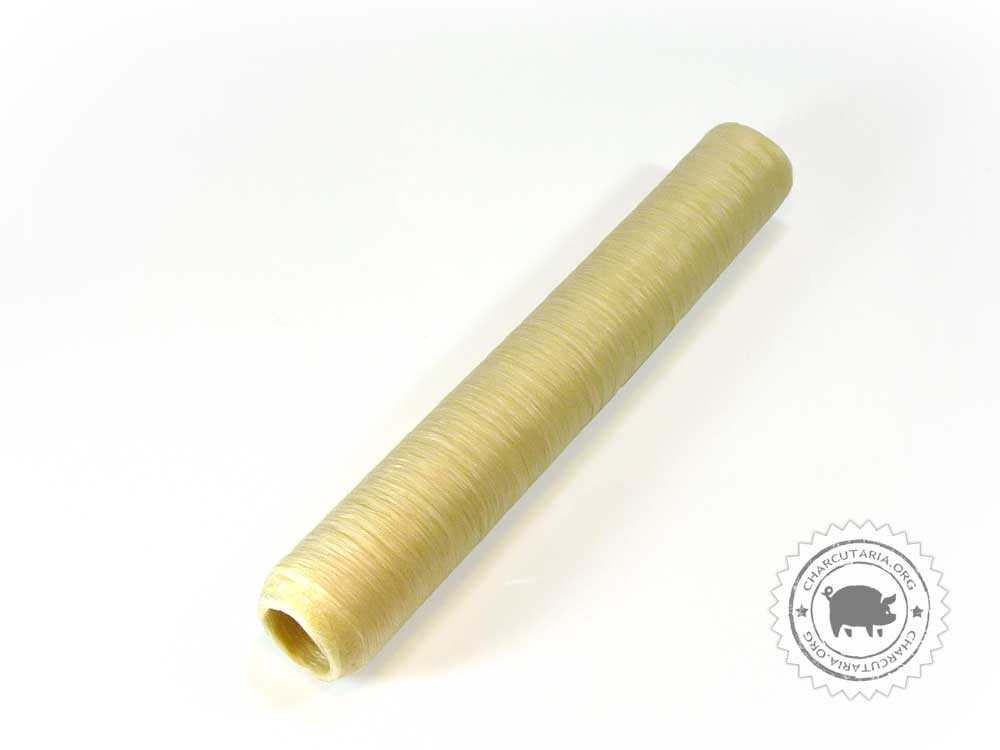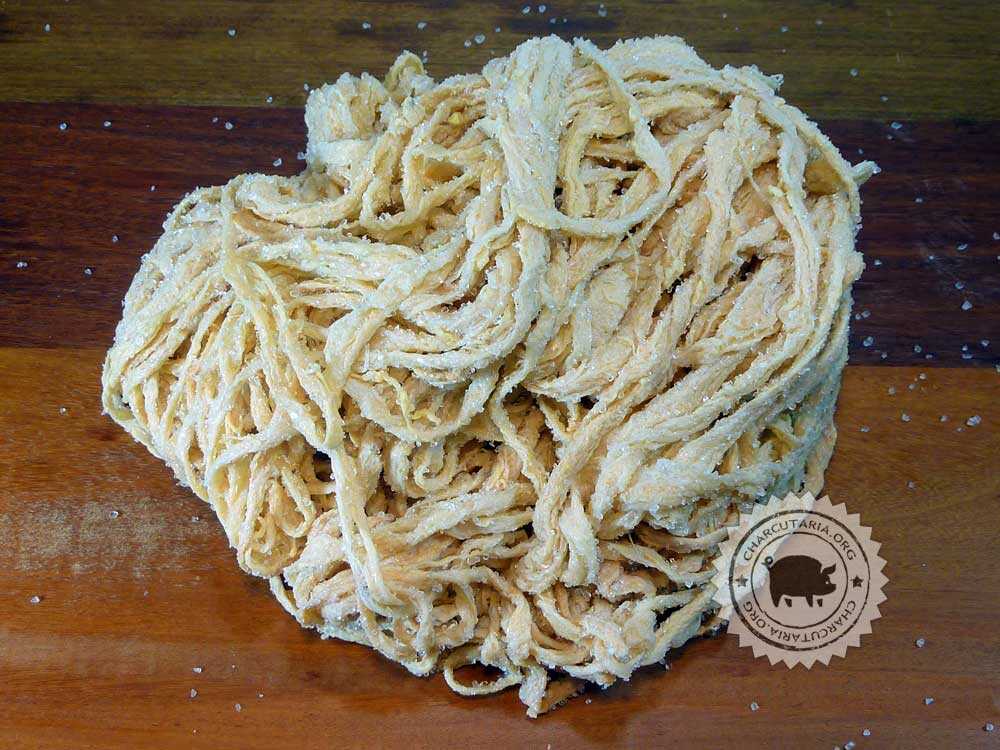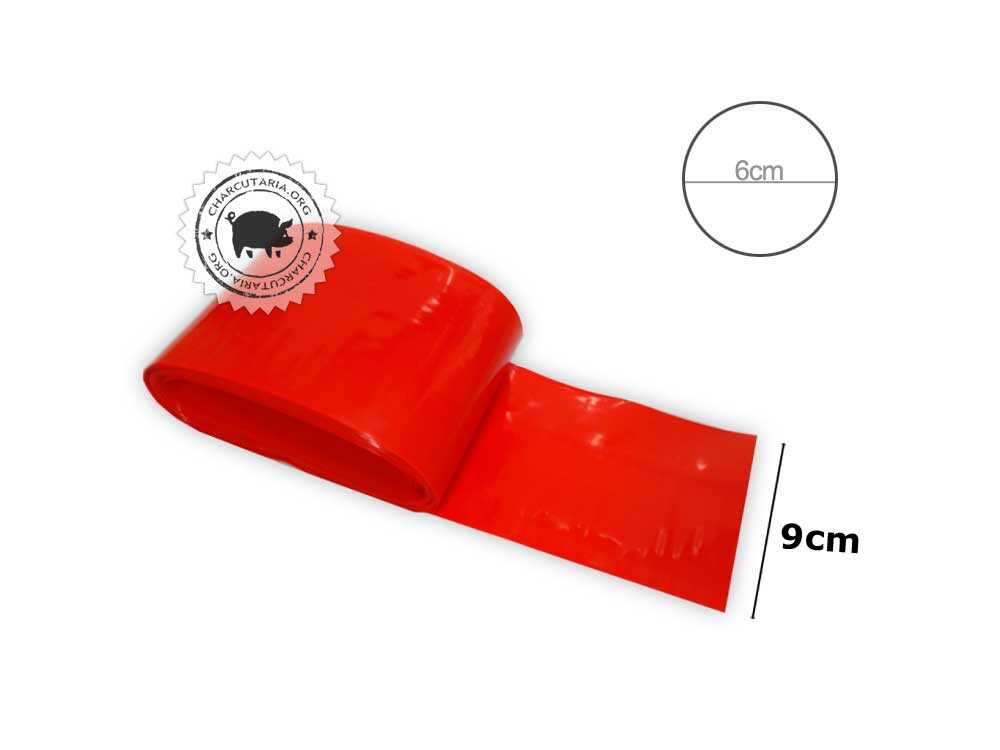
Since ancient times, man has used different types of wraps or, as they are generically called, tripe, in the incessant search to preserve meat for longer. In ancient times, it was crucial to have a product with greater durability, whether for consumption during the long journeys of the time or for periods without food due to the intense cold.
Aiming to preserve the meat resulting from hunting, ancient people, excellent hunters, cut the meat into smaller pieces, seasoned it with salt and then stored it inside the intestines of the animals themselves. From there came what we know today as sausages.
Since the end of the 20th century, the technology for these products has evolved significantly, mainly with the advancement of artificial casings to replace animal casings. However, some basic practices currently used are almost as old as those present in antiquity.
What are the most common types of natural and artificial casings?
Sausages are products obtained from the meat grinding process in a particle size that varies from coarse to fine, depending on the type of product, condiment and sausage used.
In the stuffing process, the meat mass is packed in a wrapper or casing, which can be natural or artificial, with the main objective of protecting the products from external influences, in addition to giving shape and stability.
The most common natural casings are pork, bovine and sheep casings, while the most commonly used artificial casings are collagen casings, artificial cellulose casings, fibrous casings and plastic casings. Each of them has its specific characteristics and uses, and depends entirely on the need for use.
Various types of casings for different needs
Due to the high number of options available for use as wraps, in most products there is more than one option and the choice must always be made based on technical, economic and target audience criteria.
- Hotdog sausages sold without the casing are generally cooked in cellulose casings, which are later removed before packaging;
- For high caliber cooked products, the use of fibrous, plastic or thermoplastic casings is recommended;
- Sausages that undergo smoking need specific casings that allow the process to be used, such as natural or collagen casings;
- Sausages that undergo curing, fermentation or drying need to be embedded in natural or collagen casings that have the correct porosity for gradual moisture loss;
- Fresh sausages must always be embedded in natural pork, sheep or edible collagen casing.
What to consider when choosing a casing for sausages and sausages?
It is important to determine the target audience for the product. The knowledge and demands of the market and its consumers have been increasing, and this brings new challenges and new opportunities for the sausage industry.
Next comes productivity, which is closely linked to the economic factor. Products with a low profit margin must account for gains in productivity, while differentiated products with higher margins must look for the packaging that brings the greatest value to the consumer.
Another variable is the market dynamics, which greatly influences the choice and, therefore, the producer needs to always be aware of the scenario. Dollar variations, imports and exports have had very volatile dynamics in recent years and packaging prices have followed the trend and suffered constant variations.
Finally, the technical issues of choice are based on the main differences between each type of wrap to be used. Some fundamental points of each of them.
Edible collagen casings
Ideal for sausages and sausages, as they promote gains in productivity, hygiene, resistance and standardization of caliber. The productivity gain of collagen casings, especially in medium and large slaughterhouses, is considerable, as they are ready to use.
There is no need to wash or rinse, reducing handling and consequently the risk of contamination. On the other hand, collagen casings have relatively lower digestibility and a less pleasant biting and chewing sensation than natural casings.
Natural pork and sheep casings
Good options for fresh sausages and specialty sausages. These are great options for products with greater added value. They are softer and more elastic, with a firm grip on the mixture and a great sensation of bite, chewing and digestibility, with a less industrial appearance.
On the other hand, it is a product that generates more labor, as it is most often preserved in salt and requires rinsing.
Inedible artificial casings
These are ideas for products that will have the packaging removed by the producer before packaging or removed by consumers (which are already customary). It has precise caliber and excellent mechanical resistance, a great option for large caliber products that will be cooked.
Additional Points to Consider
In addition to the characteristics inherent to casings and economic issues, there are other important points that must be considered, with the available equipment, production capacity and training/knowledge of employees being extremely important.
This is because certain products need air-conditioned environments and correct handling so that the inputs are not compromised, such as dry collagen casings, which are susceptible to deterioration in humid environments, losing some of their properties if they are not well protected.






